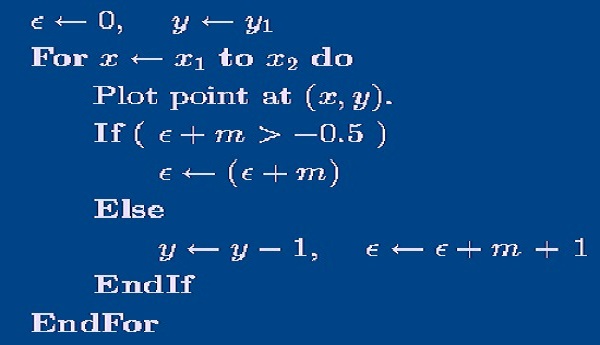Advanced Algorithms Assignment Help
Introduction to Advanced Algorithms
Method which is useful in calculating any function of finite list with well-defined instruction, called advanced algorithm. It is an effective method. In computers processing data algorithm plays important roles. For solving a particular problem we use some steps with sets of value. A set of rules must be unambiguous to being an algorithm and have a clear end point. Advanced algorithm is always give accurate and correct results. It is always terminates. The algorithm can be prove that, the first condition is true, then the other second condition must also be true and or we can say that algorithm gives always right output by every legal input.
Advanced algorithms refer to complex and sophisticated computational techniques and strategies used to solve challenging and intricate problems in various domains, including computer science, mathematics, engineering, and more. These algorithms often require a deep understanding of data structures, optimization, and computational theory. Here are some examples of advanced algorithms and their applications:
-
Dynamic Programming: Dynamic programming is a technique used to solve problems by breaking them down into smaller subproblems and solving each subproblem only once, storing the results to avoid redundant calculations. It is widely used in optimization problems, such as the Knapsack problem, matrix chain multiplication, and shortest path problems.
-
Graph Algorithms: Algorithms for working with graphs, such as depth-first search (DFS), breadth-first search (BFS), Dijkstra's algorithm, and the Floyd-Warshall algorithm, are essential for tasks like network routing, social network analysis, and recommendation systems.
-
String Algorithms: These algorithms deal with manipulating and analyzing strings and sequences of characters. Examples include the Knuth-Morris-Pratt (KMP) algorithm for string matching and the Rabin-Karp algorithm for substring search.
-
Numerical Algorithms: Numerical algorithms are used for solving mathematical problems that involve continuous or discrete numeric data. Examples include root-finding methods like the Newton-Raphson method, numerical integration methods like the trapezoidal rule, and linear algebra techniques like matrix factorization and eigendecomposition.
-
Geometric Algorithms: Geometric algorithms handle geometric objects and their relationships, including problems like convex hull computation, Voronoi diagrams, and closest pair of points. These algorithms have applications in computer graphics, geographic information systems (GIS), and robotics.
-
Machine Learning Algorithms: Advanced machine learning algorithms, such as deep learning with neural networks, support vector machines (SVMs), random forests, and clustering algorithms, are used for tasks like image recognition, natural language processing, and recommendation systems.
-
Quantum Algorithms: Quantum computing introduces entirely new algorithms that leverage quantum properties like superposition and entanglement. Examples include Shor's algorithm for factoring large numbers and Grover's algorithm for unstructured search.
-
Approximation Algorithms: These algorithms find near-optimal solutions to NP-hard problems, where finding an exact solution is computationally infeasible. Examples include the Traveling Salesman Problem (TSP) and the Maximum Cut problem.
-
Parallel and Distributed Algorithms: Algorithms designed to run efficiently on parallel and distributed computing architectures, such as MapReduce for distributed data processing and parallel sorting algorithms.
-
Blockchain and Cryptography Algorithms: Algorithms related to blockchain technology and cryptography, including cryptographic hashing functions, digital signatures, and consensus algorithms like Proof of Work (PoW) and Proof of Stake (PoS).
-
Bioinformatics Algorithms: Algorithms used in genomics, proteomics, and other fields of biology to analyze biological data, sequence alignment, and structural biology.
These advanced algorithms play a crucial role in solving complex real-world problems, optimizing processes, and advancing various fields of science and technology. Their development and application continue to be areas of active research and innovation.


To submit Digital Signal Processing Engineering Courseclick here
Digital Signal Processing Assignment Help | Digital Signal Processing Homework Help | Digital Signal Processing Project Help | Online Tutoring


